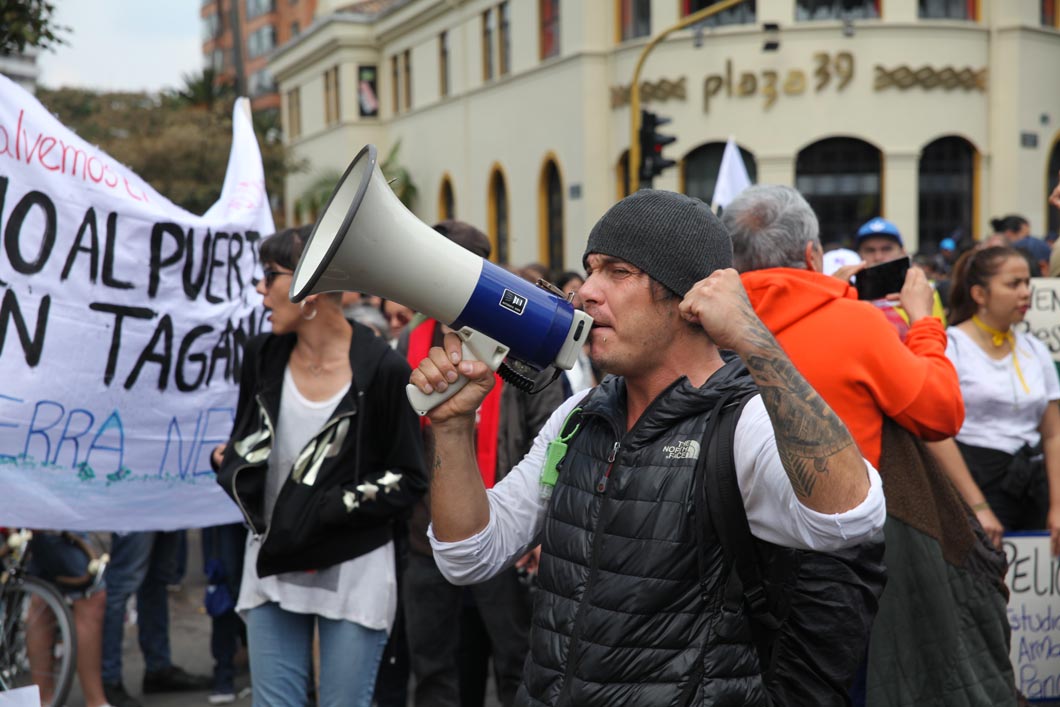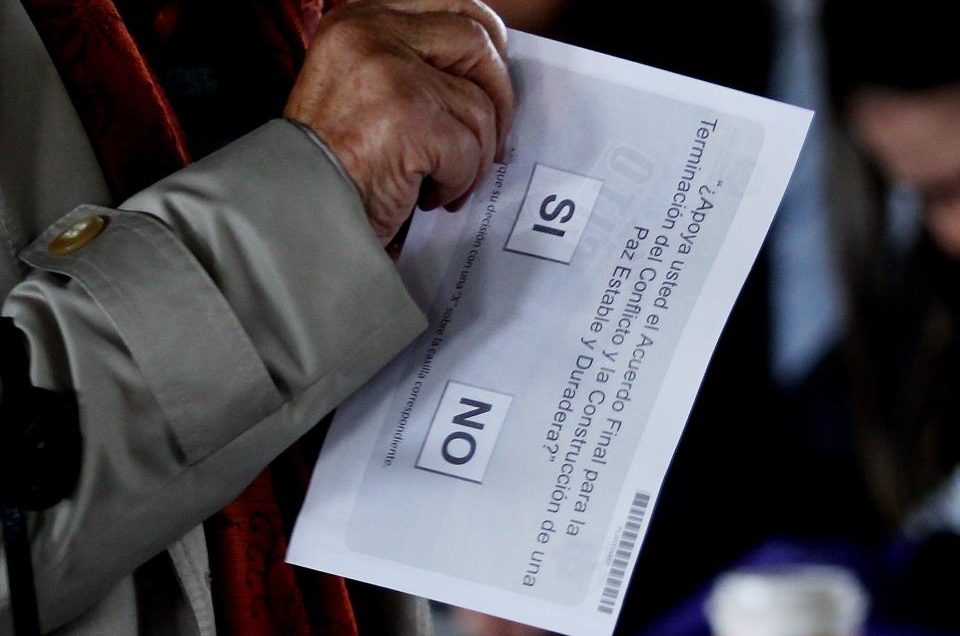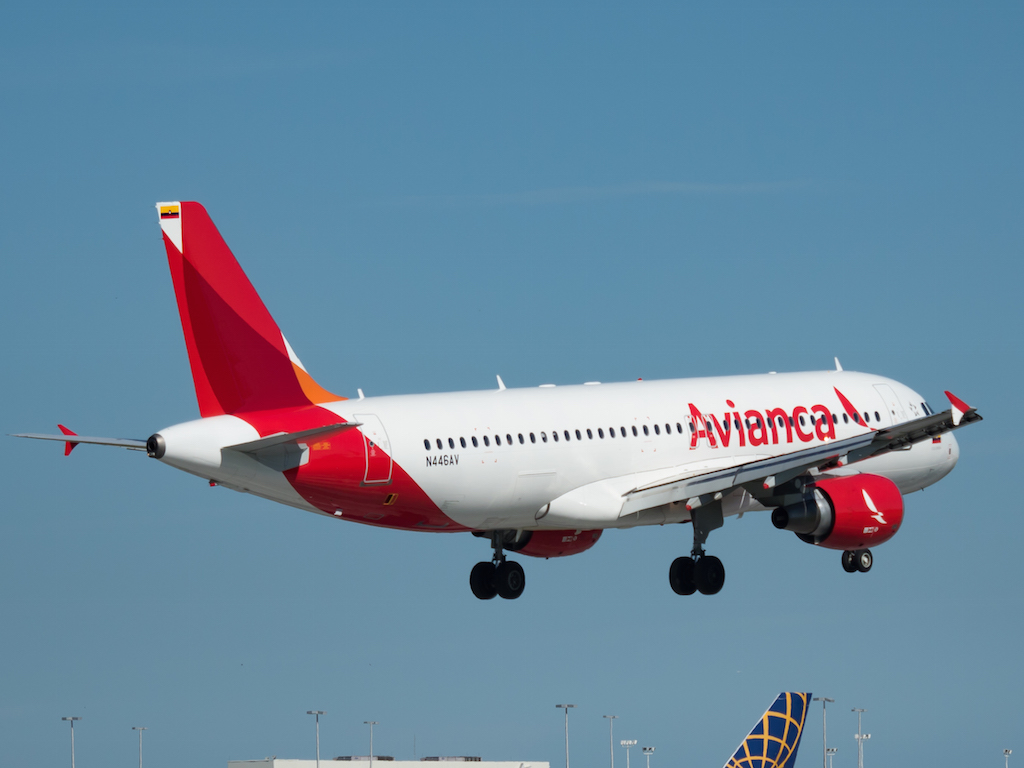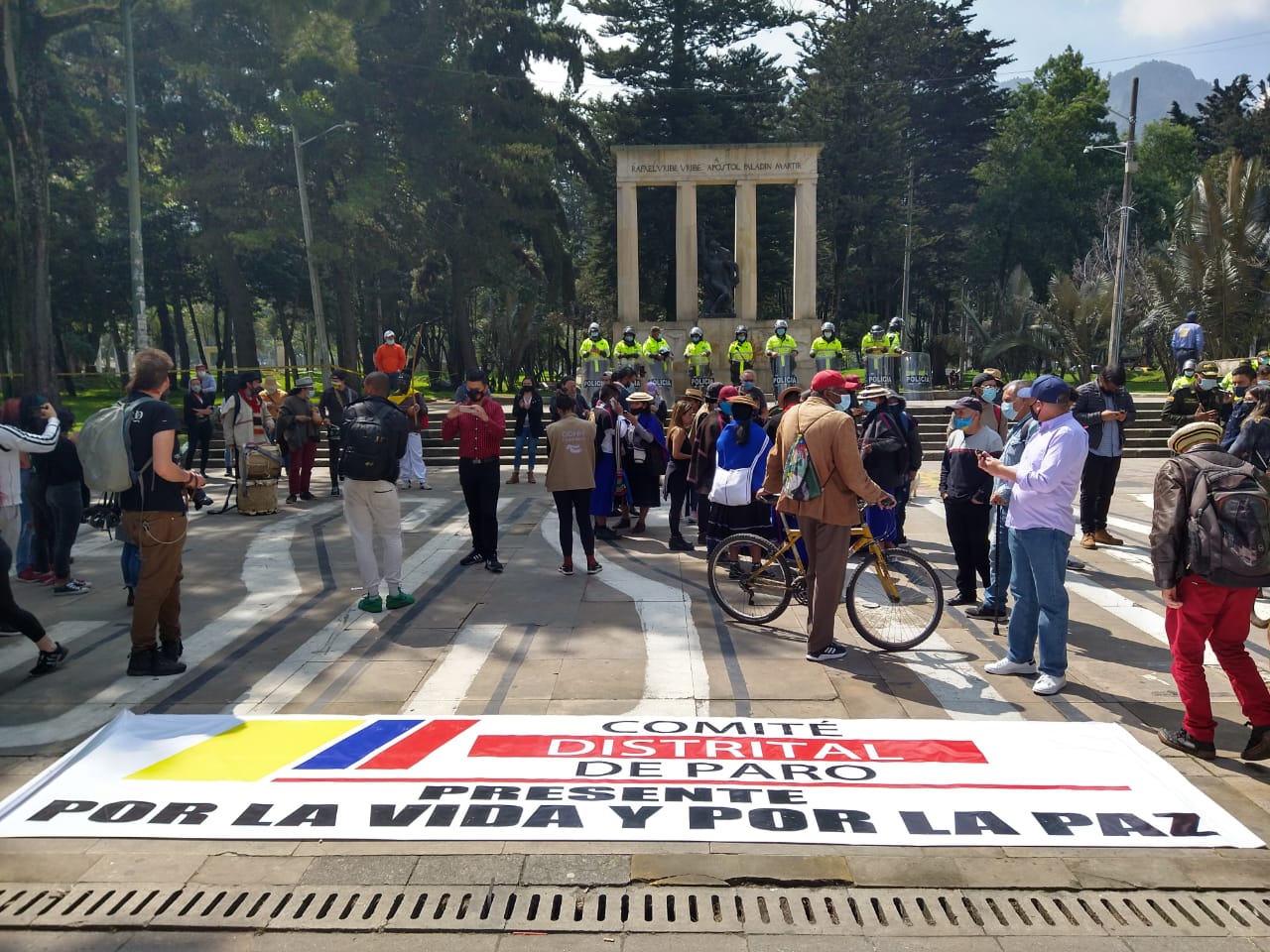Our series that gives a snapshot of different corners of Bogotá visits a place that’s familiar to many foreigners in Colombia. The offices of Migración.
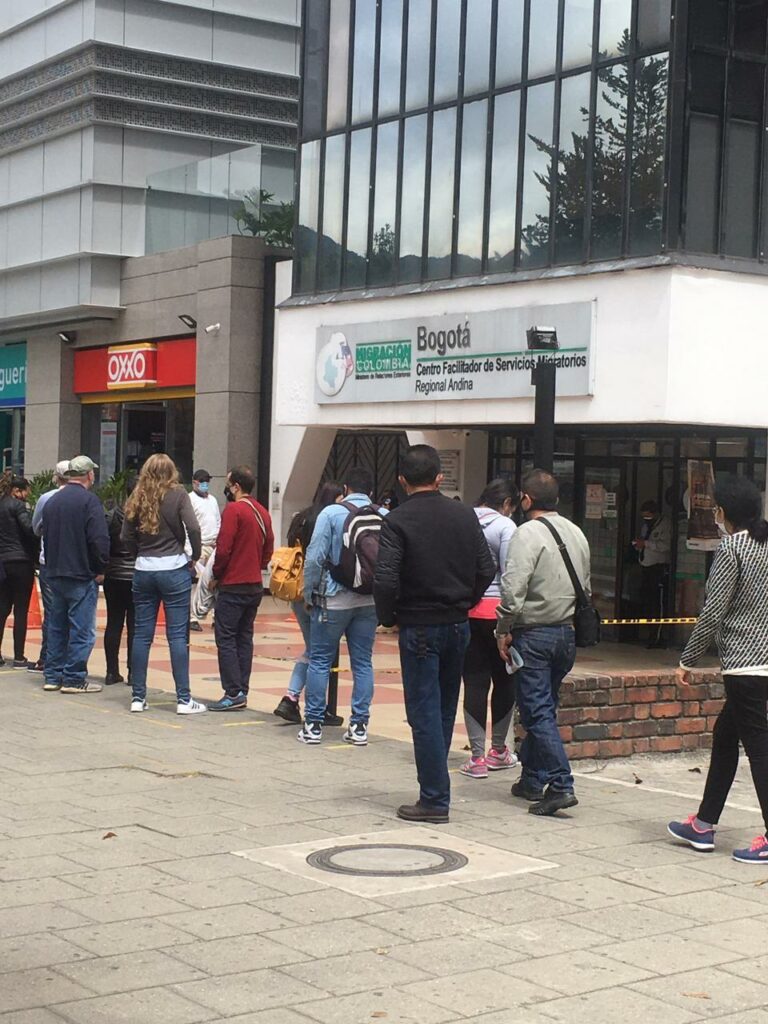
Tuesday, 20 October, 2020 10:00 am
A nun, two blondes, and a member of the Ejercito walk into the Migración. They immediately turn around and walk back out – wrong forms. The first part could very well be the set-up to some Colombianised joke I haven’t heard before. The second could very well be a standard Tuesday. You never seem to hear anyone speaking in glowing terms about their experience at this place.
It’s 10 in the morning. I got here 30 minutes ago, not wanting to be late for an appointment I was urged to make, and somehow it’s still unlikely I’ll get seen anytime soon. There’s a line but it’s unclear what purpose it’s serving. Everyone, at some point, makes their way to the front of the queue past those who’ve been waiting to plead their case.
You see it on their faces as they walk up: They believe their circumstances are unique enough to grant them expedited access. Surprisingly, they’re not. Listening in on the grace with which the civil servants – clad in polo shirts, cargo pants and, for reasons I still can’t wrap my head around, combat boots – turn these people away is one of the few treats of this whole ordeal.
You can tell they have their lines memorised, though they never turn down the opportunity to take artistic license in deviating wherever possible. “Yes, this is the correct line. Yes, they all have appointments. I’m sorry, no walk-ins.”
If you’re overly insistent, they may ask you what your appointment is for. You’ll tell them and they’ll ask to see your appointment confirmation email. They’ll pause, reflectively, before solemnly informing you that you’ve scheduled the wrong kind of meeting. You’ll have to reschedule for another day. Less-insistent visitors turn around and head to the back. I trace their path to the end of the line with more schadenfreude than sympathy, haphazardly sizing up everyone else as I do.
It’s amazing that on any given day, Migración draws the most diverse cross-section of people you’ll likely find in one place in Bogotá, and still, each person has the exact same facial expression. It’s something between anxiety and exasperation, probably more of the latter the longer you’ve been waiting. Kids, thankfully, are immune to this, still too young to sense the crippling bureaucracy that has slowly crushed the spirits of everyone else in line.
I’m finally allowed in, processed, and shunted to the building’s fifth floor. There are no people there, just boxes and boxes of files – presumably of everyone who’s run afoul of those in power. I wait. Looking around this and other parts of the building, you become aware of how often the Colombian flag is displayed in various forms and sizes.
They’ll tell you that the red strip at the bottom of it represents the blood spilt for Colombia’s independence. In reality, it’s a subtle reminder of the red tape that underlies every single legal process that transpires here.
Finally, a woman shows up. I pass her my papers and cédula, explaining my circumstances. She pauses, looking up reflectively before informing me that I’ve scheduled the wrong appointment. I’ll have to come back another day.

